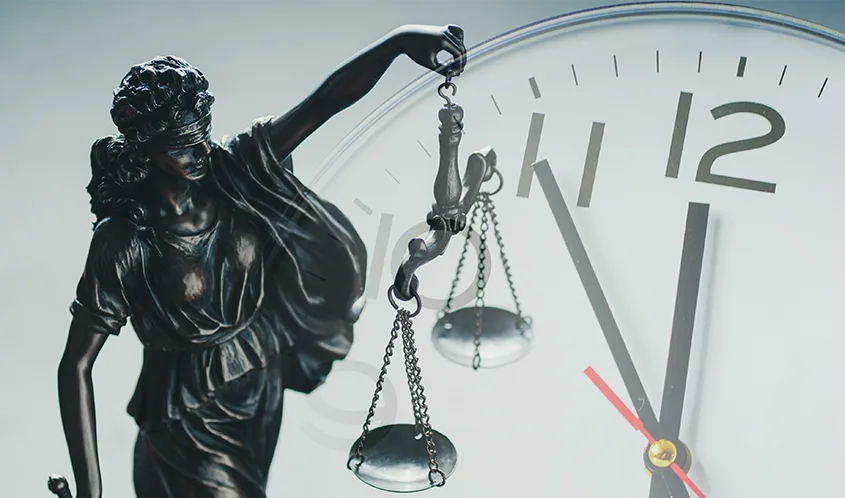Always know your rights, especially when and where they apply.
by HOWARD N. ARONSON, managing partner, Lackenbach Siegel, LLP
If you think someone has stolen your intellectual property — or injured your toy business in any other way — your company must act promptly. Time is not on your side: A statute of limitations may kick in and bar your action, so it’s important not to wait for incontrovertible evidence. The period to start your lawsuit begins when your company first had reasonable knowledge of the injury — not the date when you are certain a wrong has occurred.
DIFFERENT STATES, DIFFERENT RULES
Statutes of limitations vary greatly among the 50 states. In trademark cases, the courts will look to the state statute of limitations for analogous types of actions. For example, New York and New Jersey courts have applied a six-year limitation period for fraud. In other states, that period is only two years.
In the case of patent infringement, cases must be brought within six years for damages to be considered. Of particular concern for toy businesses, the limitations period for actions on written contracts varies from two to 10 years. In any given case, counsel will advise which limitations period is likely to be applied by the court in your state.
In some states, the courts have used the statute of limitations of an analogous state law within that state, such as a consumer fraud statute, which provides a three-year limitations period in some cases. Other state courts have laws in place that provide a set statute of limitations to any claim in which state law does not currently specify a statute of limitations for the given claim.
WHY APPLY STATUTES?
Statutes of limitations have a long history. In ancient Greece, legal cases carried a five-year statute of limitations, with homicide serving as an exception. The justification was that statutes of limitations controlled “professional accusers” (sykophántēs in Greek).
More recent reasons include:
• To require parties bringing claims to pursue those claims diligently;
• To avoid “stale claims,” in which defendants may have lost the evidence (including witnesses and memories) necessary to disprove the claims; and
• To avoid the injustice of pursuing a claim that has long lain dormant — particularly in criminal cases.
Overall, statutes of limitations are judged to promote stability and certainty, so there is a time beyond which a claim cannot be pursued.
Statutes of limitations often appear one-sided, but nevertheless, the principle remains that one can lose one’s right to recover on a claim (whether it’s fair or not). Simply put, businesses should tread carefully — and promptly — regarding statutes of limitations.
TIMING IS EVERYTHING
Cases are often decided based upon the exact date on which the statute of limitations began to run. A limitation period usually is measured from the time a cause of action accrues — the date upon which a plaintiff would first be able to bring the claim — or the date upon which the plaintiff first becomes aware of a physical, business, or other type of injury.
Often, a party bringing a claim argues that the statute of limitations should not apply or that it should be extended because the other party wrongly concealed the injury. For example, a defendant who uses fraud to conceal the alleged wrong thus tolls (i.e., suspends) the statute of limitations until the plaintiff discovers the claim against them.
In other kinds of cases, the courts apply the “discovery rule,” meaning the limitation period begins not when the alleged injury occurs, but when the party bringing the claim knew — or should have known — that the injury occurred. However, since the time between an injury and its discovery can stretch over many years, courts often decline to apply the rule.
REMEMBER THIS
Once your company has reasonable knowledge, it’s time to take steps to protect its rights.
Often, the statute of limitations is delayed or halted by the discovery rule, otherwise the statute of limitations begins to run when there is reason to suspect an injury or a wrongful cause. Note that only a suspicion is necessary (the specifics of how, when, and where the injury occurred can come later), but the clock will start ticking. Waiting appreciably past this date brings risks.
Do not rely upon a belief that the clock has stopped because the company that caused the injury is using fraudulent means to try to conceal its action. Companies should seek legal advice immediately so they don’t doom their claims, even if meritorious, because frankly: “you snooze, you lose.” It may sound unfair, but it’s the law!
This article originally appeared in the February 2020 issue of the Toy Book. Click here to read more!


